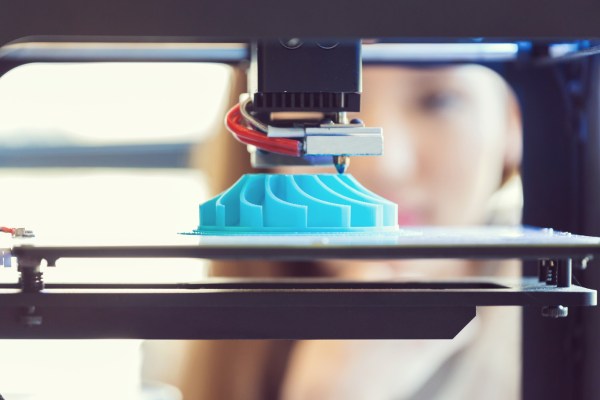Imagine a future where “moonshots” are part of our everyday reality. In this future, shipping no longer uses environmentally damaging Styrofoam but instead an organic mushroom-based material. Things like meat and leather can be created in a laboratory, limiting the need for environmentally harmful animal slaughterhouses, or tanning and garment factories that can endanger workers.
In this future, astronauts in orbit 3D-print the materials they need while onboard their spacecraft. And imagine that funding for these innovations comes not from Silicon Valley venture capital, eccentric billionaires or maverick corporations, but instead from the United States government, which has already invested in these moonshot technologies and is helping to make them a reality. And that’s just the beginning.
We work for the Office of Investment and Innovation at the U.S. Small Business Administration. Our office can lend up to $4 billion annually through the Small Business Investment Company (SBIC) program to support the venture capitalists, private equity funds and other vehicles that invest in America’s small, but scaling, businesses. The SBIC program have a strong record, including some stellar standouts.
In 1978, through the SBIC program, federal money was invested in Apple when the company had just 63 employees and was making less than $50,000 per year! That’s a far cry from the more than 100,000 people Apple employs today and the more than $53 billion in profits it generated in 2015.
Two-thirds of the components inside your smartphone were the result of applied research funded by the U.S. government through the SBIR program.
In addition to SBICs, the government also fuels cutting-edge innovation through the Small Business Innovation Research (SBIR) program, also known as “America’s Seed Fund,” which distributes an additional $2.5 billion in non-dilutive capital to early-stage technology and research startups every year. SBIR grants have played a role in the growth of companies like Inovio, which received two SBIR grants in 2011 and 2012 for its promising technology to combat infectious diseases.
Now, Inovio is putting its research into practical use, leading the way to develop a vaccine for the mosquito-borne Zika virus, which has the world on edge in the run-up to the 2016 Summer Olympic Games. Together these two programs have invested in, and provided critical early financing to, world-changing companies such as Apple, FedEx, Tesla, Qualcomm, Biogen and countless others.
Our research and early-stage investment programs often generate significant positive return for the taxpayer, both in direct financial returns and in overall economic benefits. However, unlike the professionally managed funds that are driven to maximize profit for their limited partners and investors, the government’s bottom line is not profit. That makes its work fundamentally different. Because of this difference, the federal government has for centuries been investing in moonshot ideas that have led to groundbreaking technological advancement, new market creation and significant improvements in the lives of ordinary Americans.
Even better, government support has also acted as a signal to the private sector that eventually increases investment into high-value opportunities. Modern investments in new technologies, such as unmanned aerial vehicles (drones), additive manufacturing (including 3D printing), clean technologies and even virtual reality were initially supported by the federal government and are poised to shape the future of our economy.
When the government and the private sector become collaborators in an effort to move technology forward, each helps play a critical role in advancing new products and establishing new markets.
Several of these developments can be attributed to the SBIR program, which aims to give small businesses and labs engaging in cutting-edge research the opportunity to tackle federal agencies’ most complex technological challenges.
This approach to research can have far-reaching implications that are often critical to the development of new consumer products that benefit the entire global economy. For example, two-thirds of the components inside your smartphone, including GPS and touchscreen, were the result of applied research funded by the U.S. government through the SBIR program.
When the government and the private sector become collaborators in an effort to move technology forward, each helps play a critical role in advancing new products and establishing new markets that support job creation, drive economic growth and improve the quality of life for everyday Americans. As it has for decades, the SBIR program is actively fostering this kind of collaboration, helping fund critical research that addresses urgent needs and offers promising applications for both commercial purposes and the public good.
If there is a tech bubble, and if it pops as some experts have predicted, investment dollars for “moonshot” ventures will become even more limited. This would only make the SBIR and SBIC programs, and others like them that fund early-stage technology and research-focused companies, even more important.
So the next time you dig your phone out of your pocket, or marvel at the latest innovation, keep in mind that the U.S. government has played, and will continue to play, an integral role in turning big ideas into world-changing technologies.
